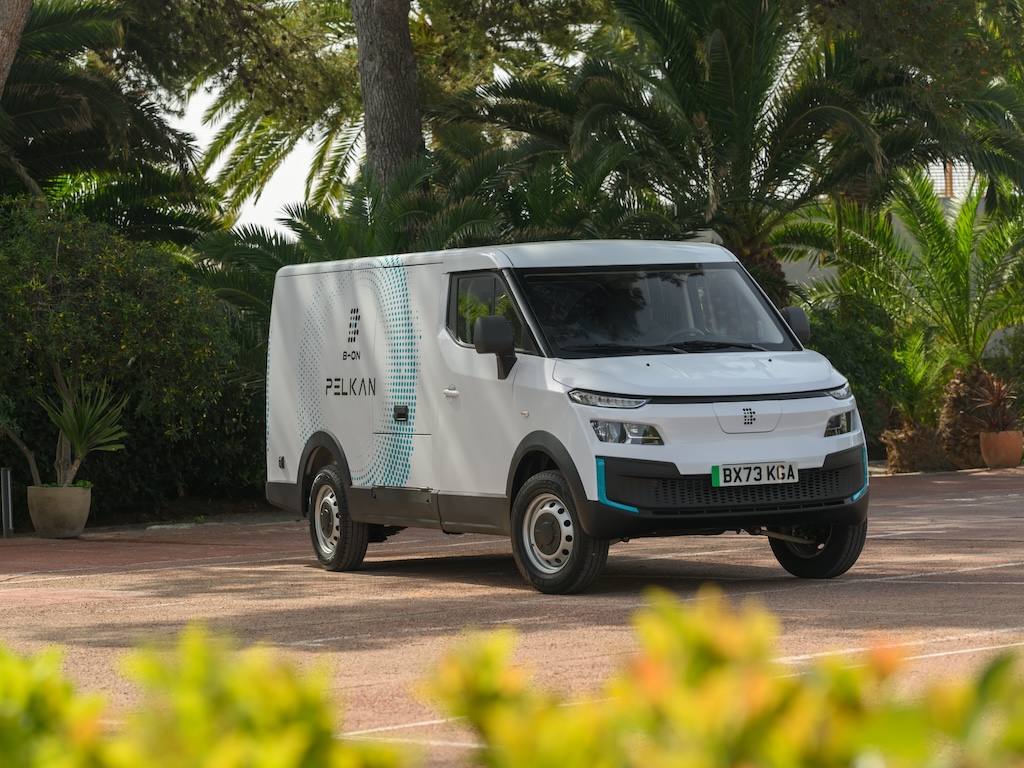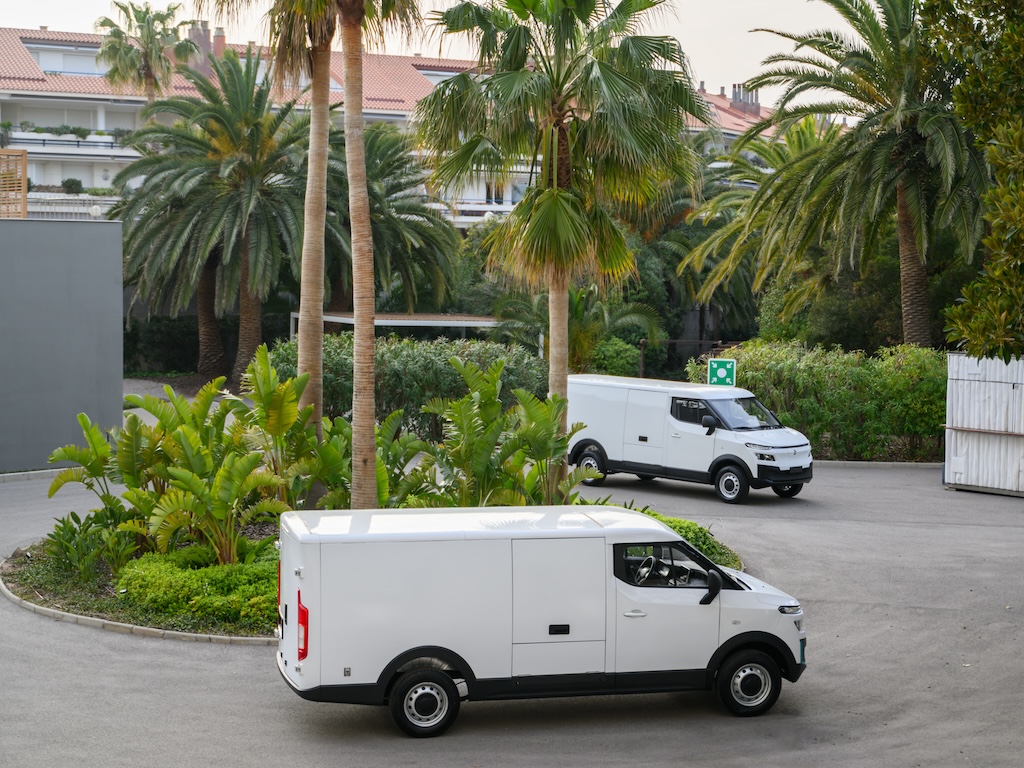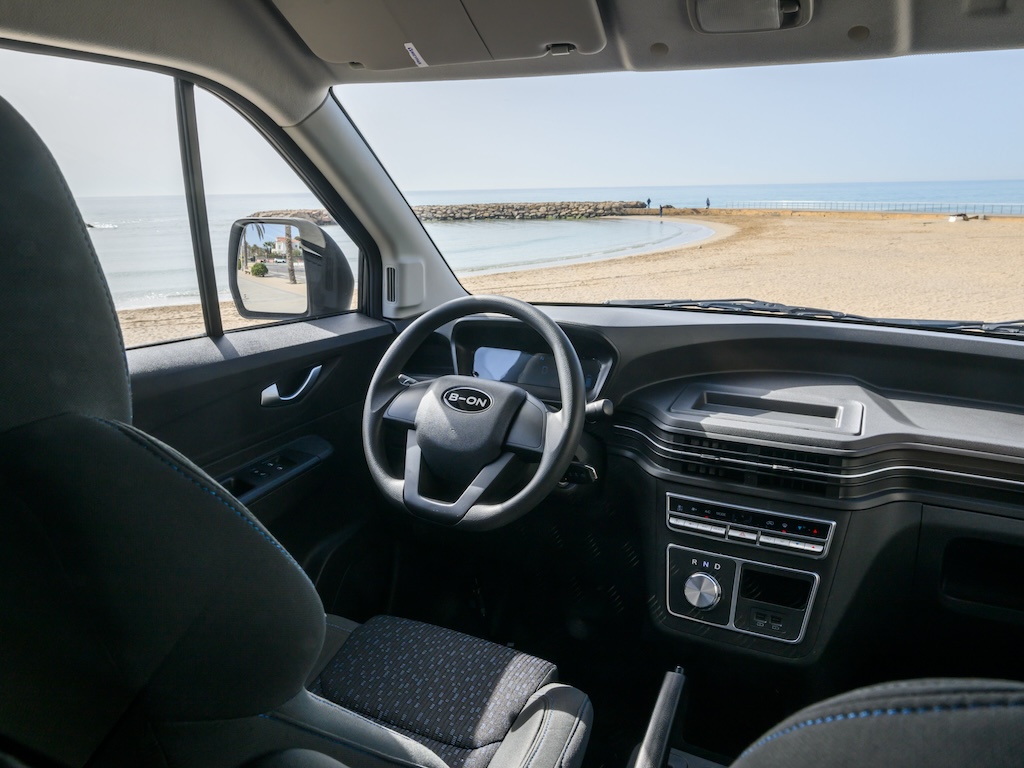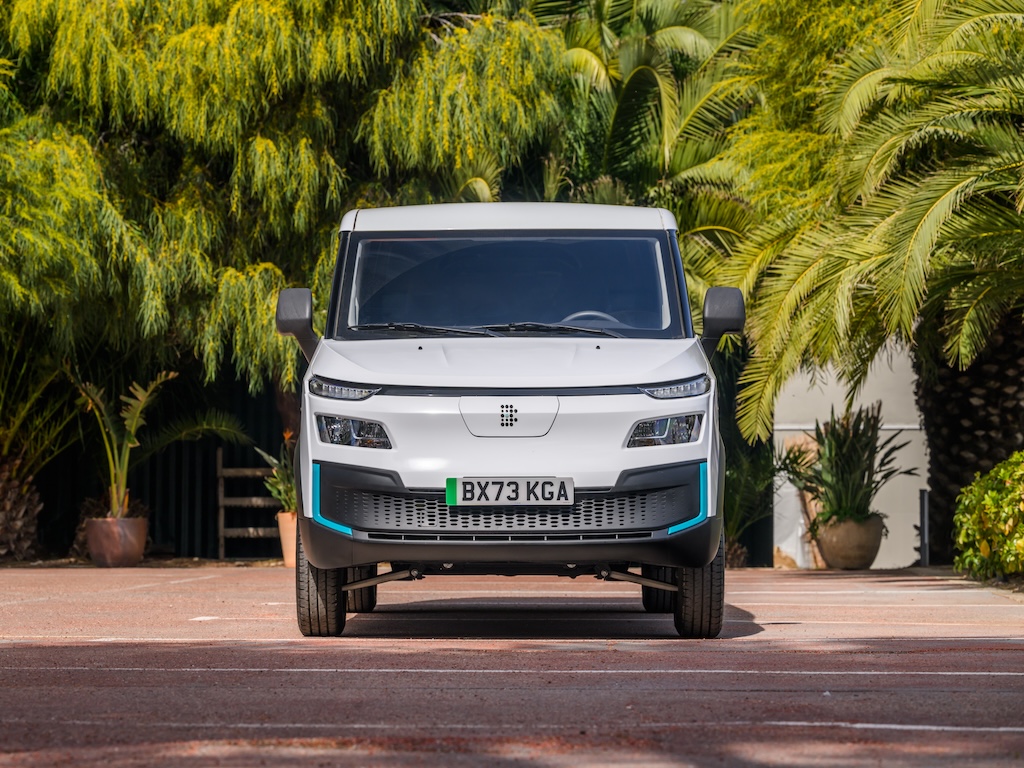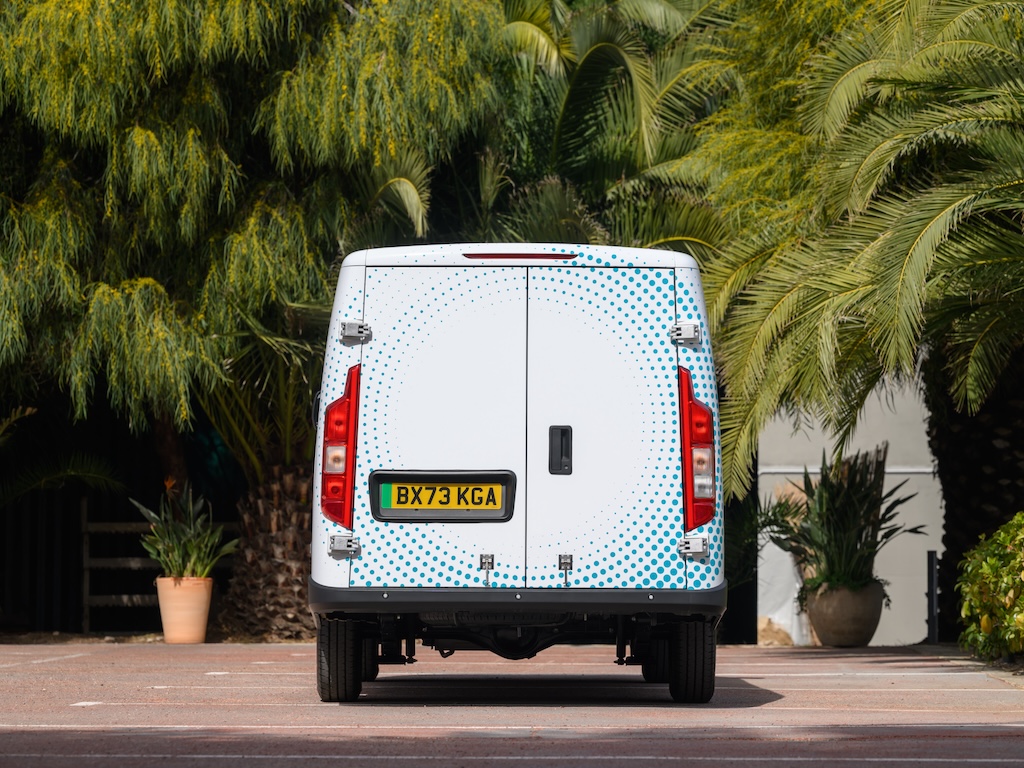John Kendall tests B-ON’s new Pelkan electric van challenger ahead of its debut at the 2024 CV Show next week.
You might not have heard of B-ON, because the company is about to launch its Pelkan van in the UK at the CV Show next week. While it might be new to the UK, the company is not a new start-up designed and built by people with no previous experience of building vans. Now backed by Chinese funding, the company was founded in Germany 10 years ago and acquired Streetscooter, which produced a dedicated last-mile delivery van for the German Post Office and DHL. The company was then owned by the German Post Office, which sold the company a couple of years ago. This also means that the van was built for a fleet user and in this case designed for its needs. It has had 10 years of development to make sure that it is fit for purpose and can offer customers a no frills, last mile delivery van.
Pelkan bears more than a passing resemblance to the Streetscooter models and like those vehicles is built using an aluminium frame fitted with composite body panels. This helps to reduce weight by a claimed 200kg, while also providing a strong and durable structure.
There will be a single model of the panel van, but with two battery options. The Pelkan 43 is equipped with a 43.5kWh battery pack and the Pelkan 54 gets a larger 53.6kWh battery. The Pelkan 43 tips the scales at 1,675kg, giving a maximum payload of 1,350kg. The larger battery of the Pelkan 54 raises kerb weight to 1,725kg, reducing payload to a maximum of 1,300kg. Body volume remains at 7.1m3 for both models.
Staying round the back, the body has a few features that do not follow the usual conventions. Firstly, the rear doors are symmetrical and the side door is top hinged and rises up like a rear hatch, maximising the width of the door aperture. The rear doors are held open, not by stays that can be disconnected to permit wider opening but by simple short hooks, held in place by spring clips on the body. These should be simple and cheap to replace if they are damaged. The rear doors will also open around to the body sides. Headlamps lenses and door mirrors have been designed for easy replacement.
In the cab, controls are not necessarily menu driven from a screen. There’s an emphasis on what is needed. For instance, there is phone integration and simple switches on the steering wheel for controlling it and to change radio stations. The heating and ventilation controls are in the centre of the dashboard, where you would expect to find them. The drive selector is very simple with reverse, neutral, drive, R,N,D as the only settings. A reversing camera, pedestrian alarm and audible reversing warning for the driver are included. There’s a conventional handbrake as well. A couple of USB ports are fitted in the middle of the dashboard for charging phones and equipment and there are places to store phones and various items – lots of what you need and not much of what you don’t.
Out on the road, the Pelkan is pleasant and simple to drive, with good visibility. You probably wouldn’t want to travel long distances in it, but it was never designed to do that. It’s a simple short distance delivery vehicle. Regenerative braking is included to help maximise range. It won’t give you all the bells and whistles of a mainstream van manufacturer but, keeping it simple is the design philosophy.
The B-ON proposition recognises the issues that come with electric vehicles, so B-ON Connect is designed to offer fleet management software that can integrate with your existing fleet and provide the usual range of vehicle and driver monitoring options. Under B-ON Energy, electricity and charge management software can monitor and manage energy consumption and the company can provide second life batteries to help reduce the infrastructure costs of depot charging, or offer an alternative with renewable energy for places where grid upgrades might not be possible.
A lot of thought has gone into the Pelkan and it should be competitively priced. IM Group, which also imports the Isuzu pickup range will be the UK importer, providing aftersales service through its dealer network.
Verdict
Vans have become less basic in recent years and the Pelkan offers a return to simplicity which we expect will be reflected in the price. For fleets covering shorter daily distances that don’t need a long list of options, but with the attention to detail that electric vehicles need, B-ON’s approach with the Pelkan is worth considering.
IN BRIEF:
WHAT IS IT? A new compact high cube e-LCV competitor
MODEL DRIVEN? B-On Pelkan 54 early production model.
PRICE? TBA
RANGE? Up to 174 miles (WLTP combined)
LOAD VOLUME? 7.1m3
GROSS PAYLOAD? Up to 1,300kg
DRIVE? 85kW(116bhp)/256Nm drive motor, with 53kWh under-floor battery pack.
CHARGING? 30-80% rapid charging in 35 minutes


